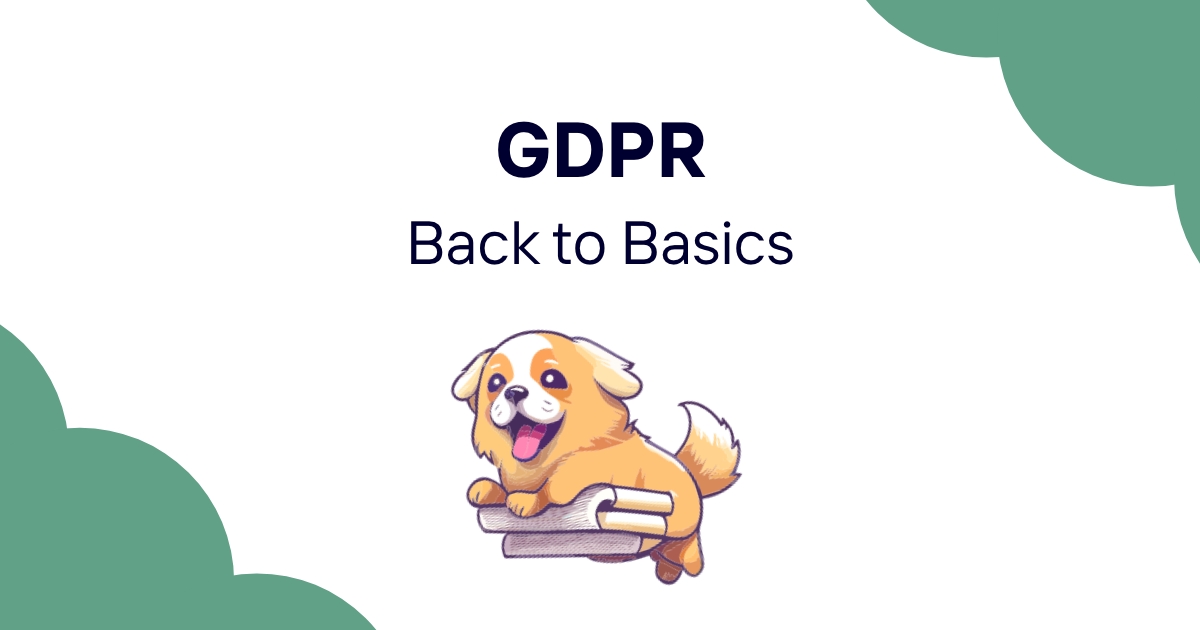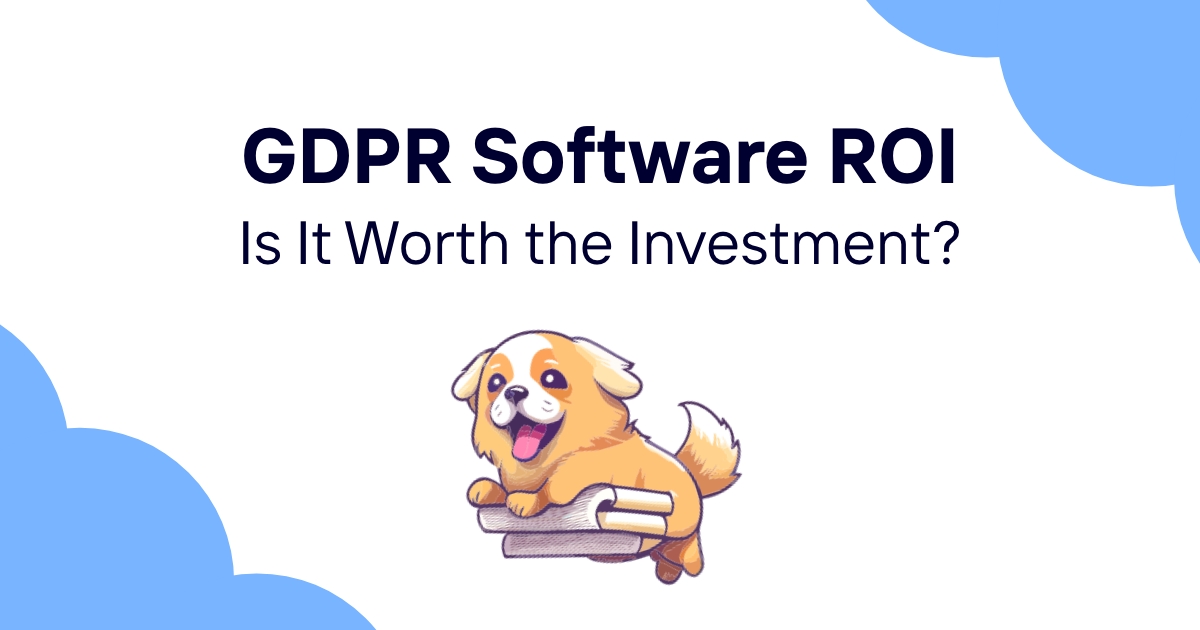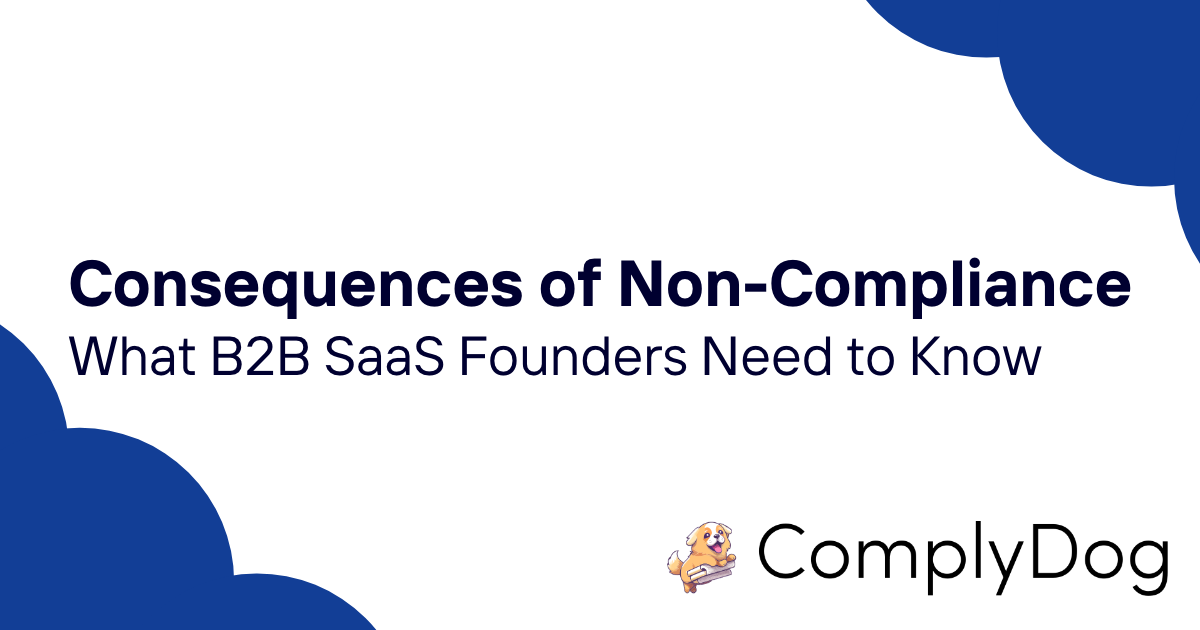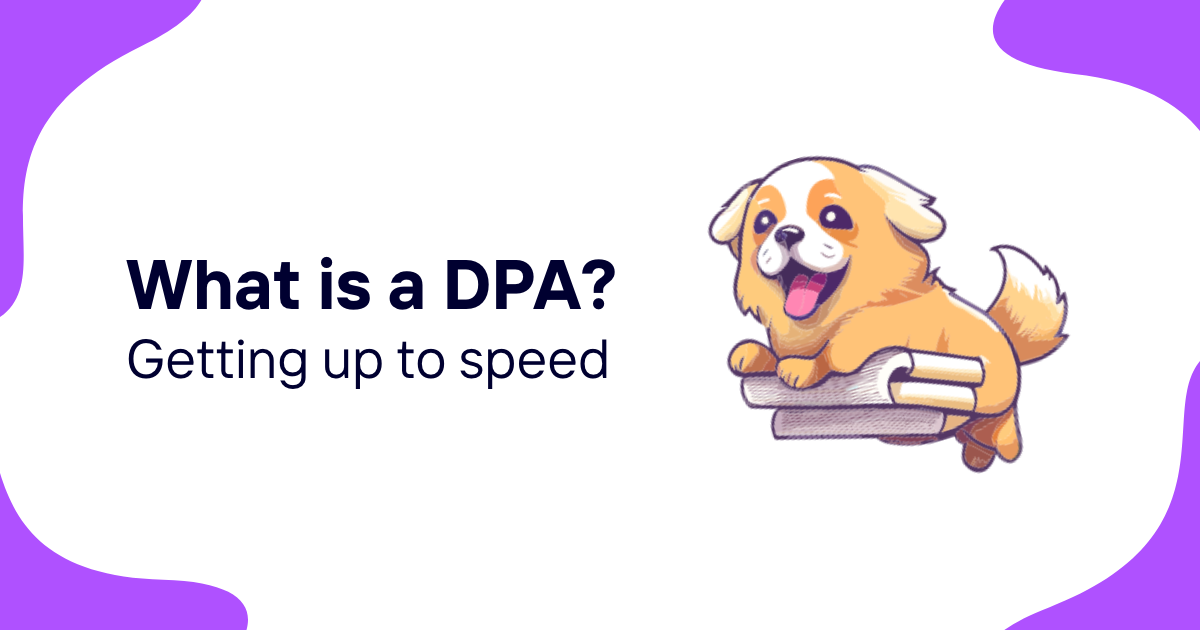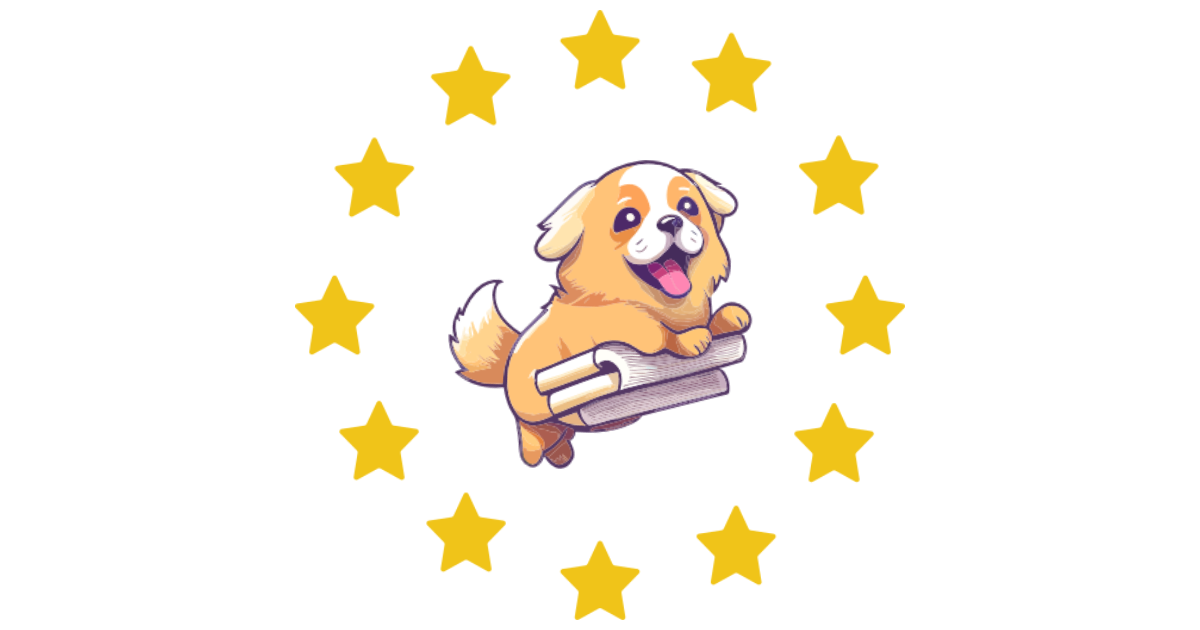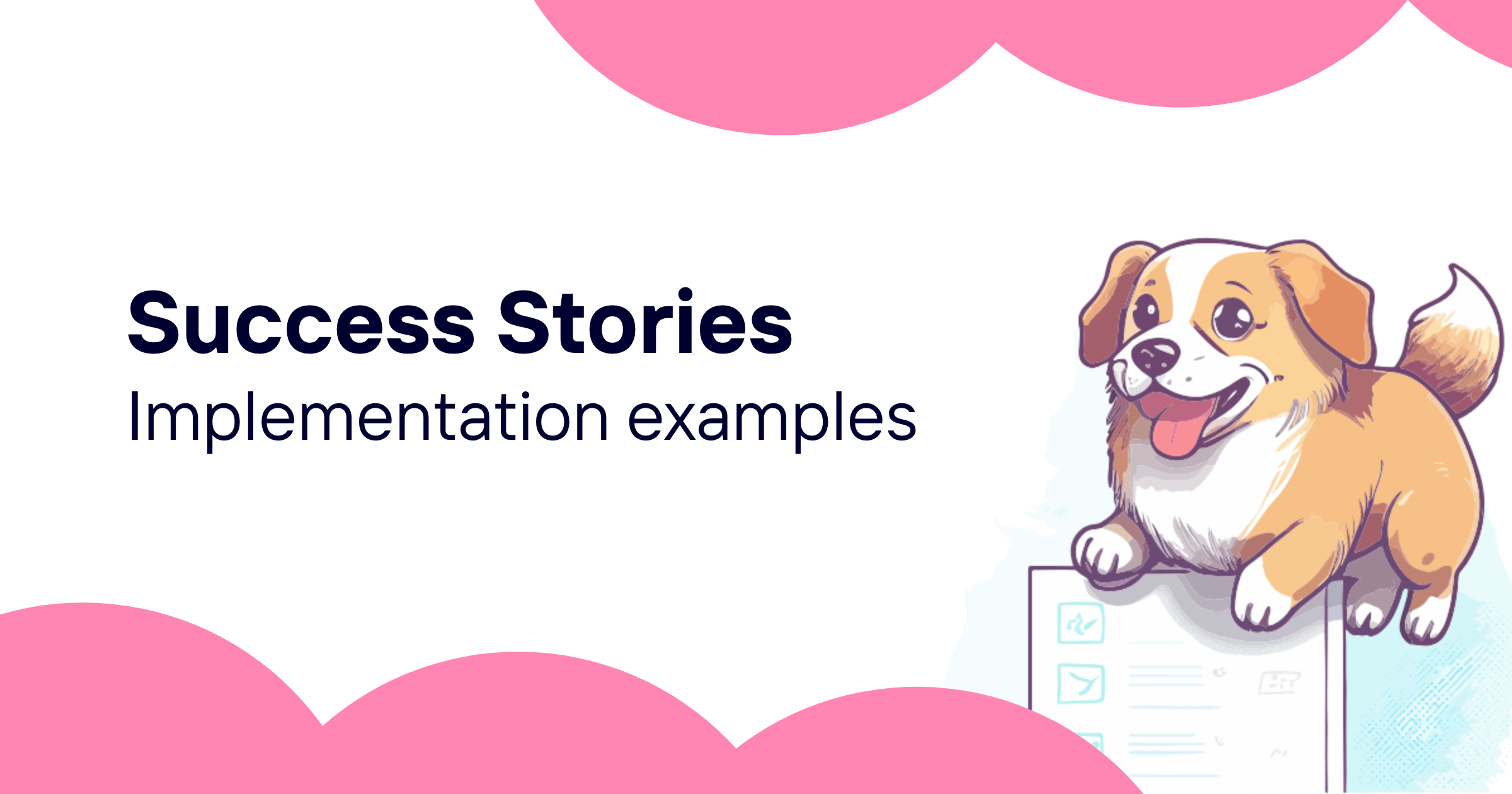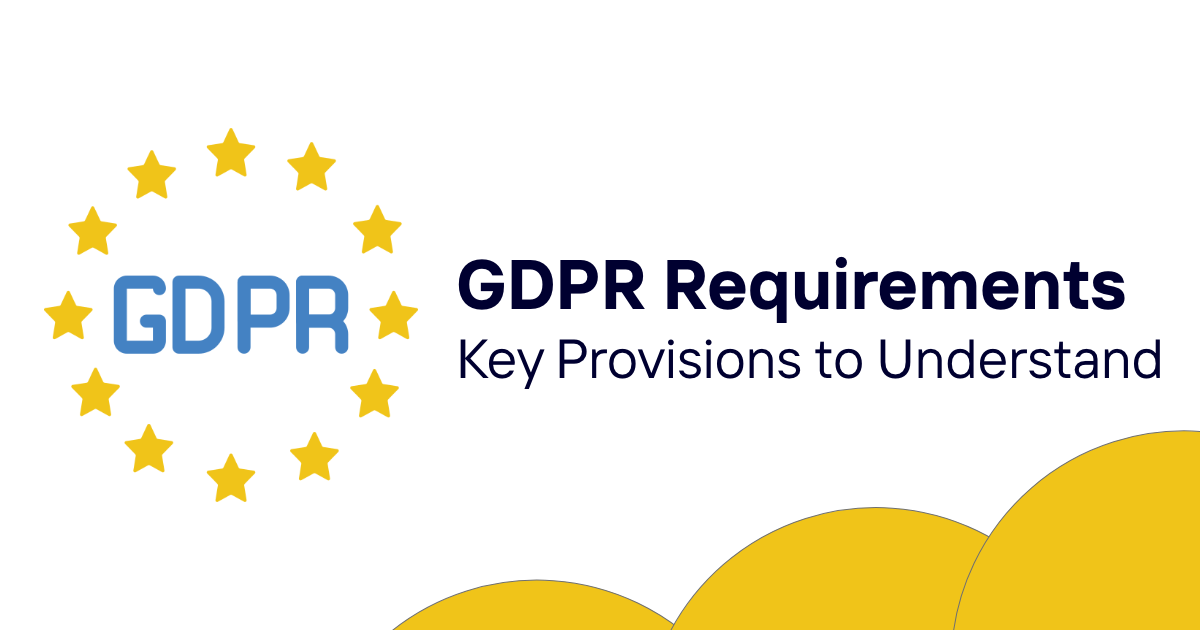Table of Contents
- Introduction
- What is GDPR?
- Core Principles of GDPR
- Key Rights for Individuals
- GDPR Compliance Requirements
- Data Protection Officers
- Penalties for Non-Compliance
- GDPR's Global Impact
- Challenges in GDPR Implementation
- Best Practices for GDPR Compliance
- The Role of Technology in GDPR Compliance
- Conclusion
Introduction
Ah, GDPR. Three years ago, those four letters struck fear into the hearts of businesses worldwide. As someone who's been neck-deep in data protection for over a decade, I remember the panic like it was yesterday.
But here's the thing - GDPR isn't the boogeyman many made it out to be. Sure, it's complex. Yes, it requires effort to comply. But at its core, it's about treating people's personal data with respect. Novel concept, right?
In this article, we're going to unpack GDPR. No jargon, no legalese - just straight talk about what it means for businesses and individuals. By the end, you'll have a solid grasp of GDPR's key points and practical steps for compliance. Let's dive in!
What is GDPR?
GDPR stands for General Data Protection Regulation. It's a comprehensive data protection law that came into effect on May 25, 2018. But don't let that date fool you - its impact is still being felt today.
At its heart, GDPR aims to give EU citizens more control over their personal data. It applies to any organization that processes the personal data of EU residents, regardless of where the organization is based.
"Processing" covers pretty much anything you can do with data - collecting, storing, using, sharing, you name it. And "personal data"? That's any information that can identify an individual, from names and email addresses to IP addresses and cookie data.
But GDPR isn't just about protecting data. It's about changing how organizations think about personal information. It's a shift from seeing data as a commodity to recognizing it as something borrowed from individuals, to be treated with care and returned or deleted when no longer needed.
I like to think of GDPR as a contract between organizations and individuals. Organizations get to use personal data, but in return, they must be transparent, secure, and accountable. Fair deal, if you ask me.
Core Principles of GDPR
GDPR is built on seven core principles. Think of these as the foundation of the regulation - everything else stems from these ideas:
-
Lawfulness, fairness, and transparency: Be clear about what you're doing with personal data and why.
-
Purpose limitation: Only use data for the specific purposes you've stated.
-
Data minimization: Collect only what you need, nothing more.
-
Accuracy: Keep personal data accurate and up to date.
-
Storage limitation: Don't keep data longer than necessary.
-
Integrity and confidentiality: Keep data secure.
-
Accountability: Take responsibility for how you handle personal data.
These principles aren't just theoretical. They have real, practical implications for how organizations handle data. For example, the principle of data minimization means you can't just collect every piece of information about your customers "just in case" you might need it someday. You need to have a specific, justified reason for each piece of data you collect.
Similarly, storage limitation means you need to have processes in place to regularly review and delete data you no longer need. No more letting old customer records gather dust in forgotten databases!
Key Rights for Individuals
GDPR gives individuals (or "data subjects" in GDPR-speak) several important rights when it comes to their personal data:
-
Right to be informed: Individuals have the right to know how their data is being used. This is typically done through privacy notices.
-
Right of access: Individuals can request a copy of their personal data and information about how it's being processed.
-
Right to rectification: If data is inaccurate or incomplete, individuals can have it corrected.
-
Right to erasure: Also known as the "right to be forgotten," individuals can request their data be deleted in certain circumstances.
-
Right to restrict processing: Individuals can limit how their data is used.
-
Right to data portability: Individuals can request their data in a format that allows them to move it to another service provider.
-
Right to object: Individuals can object to certain types of processing, including direct marketing.
-
Rights related to automated decision making: Individuals have the right not to be subject to decisions based solely on automated processing if these decisions significantly affect them.
These rights put individuals in the driver's seat when it comes to their personal data. But they also create obligations for organizations. You need to have systems and processes in place to respond to these requests promptly and effectively.
I once worked with a company that received a right to erasure request and realized they had no idea where all the individual's data was stored across their systems. It took them weeks to track it all down and delete it. Lesson learned: know where your data is!
GDPR Compliance Requirements
So, what do organizations need to do to comply with GDPR? Here are some key requirements:
-
Obtain consent: When relying on consent as your legal basis for processing, it must be freely given, specific, informed, and unambiguous.
-
Maintain records of processing activities: You need to keep detailed records of what personal data you process, why, and how.
-
Implement data protection by design and by default: Privacy considerations should be baked into your systems and processes from the start, not tacked on as an afterthought.
-
Conduct Data Protection Impact Assessments (DPIAs): For high-risk processing activities, you need to assess the potential impact on individuals' privacy.
-
Appoint a Data Protection Officer (DPO): Some organizations are required to appoint a DPO to oversee GDPR compliance.
-
Report data breaches: If you experience a data breach, you generally have 72 hours to report it to the supervisory authority.
-
Ensure vendor compliance: If you use third-party vendors to process data, you need to ensure they're also GDPR compliant.
-
Implement appropriate security measures: This includes both technical measures (like encryption) and organizational measures (like staff training).
This might seem like a lot, and it is. But remember, the goal isn't to make life difficult for organizations. It's to ensure that personal data is handled responsibly and securely.
In my experience, the organizations that struggle most with GDPR are those that see it as a one-time compliance exercise. The ones that succeed are those that embrace it as an ongoing commitment to data protection and privacy.
Data Protection Officers
The role of Data Protection Officer (DPO) is a key part of the GDPR framework. But not every organization needs one. You're required to appoint a DPO if:
- You're a public authority (except for courts acting in their judicial capacity)
- Your core activities require large scale, regular and systematic monitoring of individuals
- Your core activities consist of large scale processing of special categories of data or data relating to criminal convictions and offenses
Even if you're not required to appoint a DPO, it can be a good idea to have someone responsible for data protection compliance.
The DPO's job is to:
- Inform and advise on GDPR obligations
- Monitor compliance
- Provide advice on Data Protection Impact Assessments
- Cooperate with the supervisory authority
- Act as a contact point for data subjects and the supervisory authority
A good DPO is worth their weight in gold. They can help navigate the complexities of GDPR, spot potential issues before they become problems, and foster a culture of data protection within the organization.
I've seen firsthand how a skilled DPO can transform an organization's approach to data protection. One company I worked with went from seeing GDPR as a burden to viewing it as a competitive advantage, all thanks to their DPO's influence.
Penalties for Non-Compliance
GDPR has some serious teeth when it comes to enforcement. The maximum fines are eye-watering:
- Up to €20 million, or 4% of the company's global annual turnover of the previous financial year, whichever is higher.
But before you panic, it's worth noting that these are maximum fines. In practice, most fines have been much lower. Supervisory authorities consider various factors when setting fines, including:
- The nature, gravity, and duration of the infringement
- Whether the infringement was intentional or negligent
- Actions taken to mitigate the damage
- Technical and organizational measures implemented
- Any previous infringements
- The degree of cooperation with the supervisory authority
It's not just about fines, though. Non-compliance can also lead to:
- Audits
- Orders to cease processing
- Suspension of data transfers
- Damage to reputation
I always tell clients: don't focus on avoiding fines. Focus on protecting personal data. If you do that well, compliance (and avoiding fines) will follow naturally.
GDPR's Global Impact
While GDPR is an EU regulation, its impact has been felt globally. Many non-EU companies have chosen to comply with GDPR, either because they have EU customers or because they see it as a competitive advantage.
GDPR has also inspired similar regulations around the world:
- California Consumer Privacy Act (CCPA) in the US
- Lei Geral de Proteção de Dados (LGPD) in Brazil
- Personal Information Protection and Electronic Documents Act (PIPEDA) in Canada
This global trend towards stronger data protection is sometimes called the "Brussels Effect," referring to how EU regulations can influence global standards.
For multinational companies, this often means adopting GDPR-level protections globally, rather than trying to maintain different standards for different regions.
I've worked with companies that initially saw GDPR as a European problem, only to realize it was becoming a global standard. The smart ones got ahead of the curve and implemented GDPR-style protections worldwide.
Challenges in GDPR Implementation
Implementing GDPR isn't a walk in the park. Some common challenges include:
-
Understanding the requirements: GDPR is complex, and interpretations can vary.
-
Data mapping: Many organizations struggle to identify all the personal data they hold and where it's stored.
-
Legacy systems: Older IT systems may not have been designed with GDPR principles in mind.
-
Consent management: Obtaining and managing valid consent can be tricky, especially for organizations with large customer bases.
-
Right to erasure requests: Locating and deleting all instances of an individual's data can be challenging, especially in complex systems.
-
Staff training: Ensuring all staff understand their GDPR responsibilities can be a significant undertaking.
-
Ongoing compliance: GDPR isn't a one-time thing. It requires ongoing effort and vigilance.
-
International data transfers: With the invalidation of the EU-US Privacy Shield, transferring data outside the EU has become more complex.
Don't let these challenges discourage you, though. With the right approach and resources, they can be overcome. I've seen organizations of all sizes successfully navigate these hurdles.
Best Practices for GDPR Compliance
Based on my experience, here are some best practices for achieving and maintaining GDPR compliance:
-
Start with a data audit: You can't protect what you don't know you have. Regularly audit your data to understand what personal data you're collecting, why, and where it's stored.
-
Implement privacy by design: Build data protection into your products and services from the ground up, not as an afterthought.
-
Regularly review and update your policies: Privacy notices, data retention policies, and breach response plans should be living documents.
-
Train your staff: Everyone in your organization who handles personal data should understand their GDPR responsibilities.
-
Document everything: Keep detailed records of your data processing activities, DPIAs, and any decisions related to data protection.
-
Be transparent: Clear, concise privacy notices go a long way towards building trust with your customers.
-
Prepare for data subject requests: Have processes in place to respond promptly to access requests, erasure requests, etc.
-
Monitor for breaches: Implement systems to detect and respond to data breaches quickly.
-
Regularly test your security: Conduct penetration testing and vulnerability assessments to identify potential weaknesses.
-
Stay informed: GDPR interpretation and enforcement continue to evolve. Keep up with the latest guidance and court decisions.
Remember, GDPR compliance isn't a destination - it's a journey. It requires ongoing effort and attention.
The Role of Technology in GDPR Compliance
Technology plays a crucial role in GDPR compliance. While it can't replace human judgment and oversight, it can significantly streamline and automate many aspects of compliance.
Here are some ways technology can help:
-
Data discovery and mapping: Tools can help you identify where personal data resides across your systems.
-
Consent management: Platforms can help you obtain, record, and manage consent in line with GDPR requirements.
-
Data subject request management: Software can help you track and respond to data subject requests efficiently.
-
Data retention: Tools can automate the process of deleting data when it's no longer needed.
-
Breach detection and response: Security tools can help you detect and respond to data breaches quickly.
-
Privacy impact assessments: Software can guide you through the DPIA process and help you document your assessments.
-
Vendor management: Platforms can help you assess and monitor your vendors' GDPR compliance.
-
Training: E-learning platforms can help you deliver and track GDPR training for your staff.
One tool that can help with many aspects of GDPR compliance is ComplyDog. It's an all-in-one GDPR compliance tool designed specifically for software businesses. It can help you manage data subject requests, conduct DPIAs, maintain your records of processing activities, and more.
I've seen firsthand how the right technology can transform an organization's approach to GDPR compliance. It can turn a daunting, manual process into something much more manageable and efficient.
Conclusion
GDPR has fundamentally changed how organizations handle personal data, and that's a good thing. Yes, it's complex. Yes, it requires effort to comply. But at its core, it's about treating people's personal information with respect and care.
Compliance isn't just about avoiding fines or checking boxes. It's about building trust with your customers and demonstrating that you take their privacy seriously. In today's data-driven world, that trust is invaluable.
Remember, GDPR compliance is a journey, not a destination. It requires ongoing effort and attention. But with the right approach, the right people, and the right tools, it's entirely achievable.
Speaking of tools, if you're feeling overwhelmed by GDPR compliance, consider using a compliance software like ComplyDog. It can help you navigate the complexities of GDPR, automate many compliance tasks, and give you peace of mind that you're on the right track.
GDPR might seem like a maze, but with the right guide and tools, you can navigate it successfully. Your customers' trust (and your peace of mind) will thank you for it.
